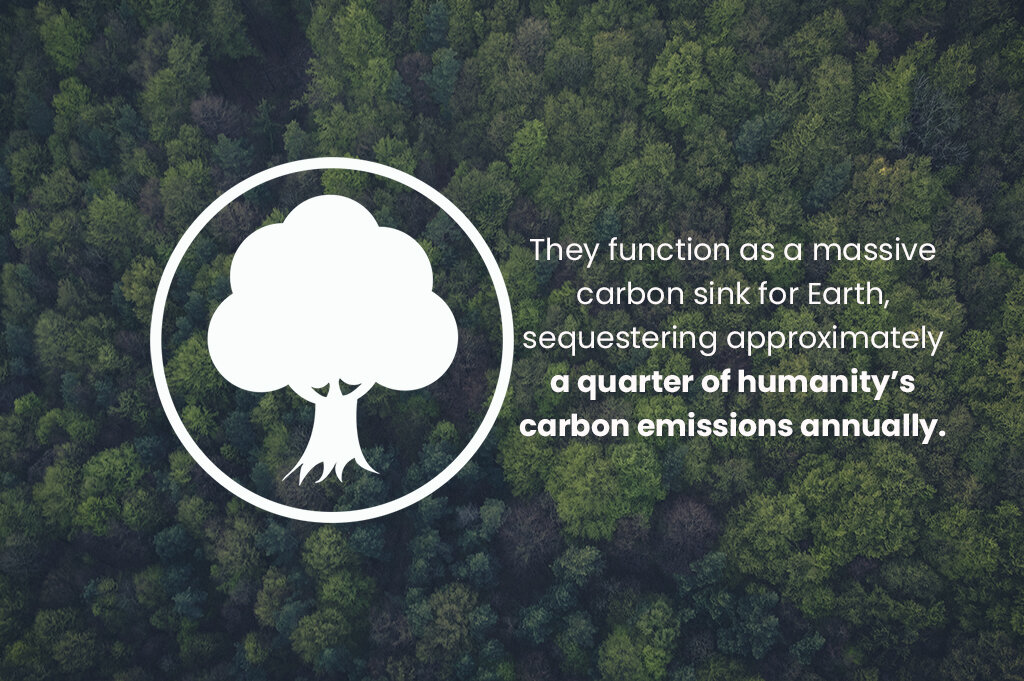
A partnership to secure more than a billion hectares of the world’s most intact forests
The world’s intact forests are irreplaceable. They are natural solutions that can help address the climate crisis and extinction crisis.
-
Our mission is to work with governments, Indigenous Peoples, civil society and the private sector to place ecological integrity at the heart of strategies for managing and conserving all the world’s forests.
-
In particular, we aim to halt and reverse forest degradation across more than 1 billion hectares of the most intact forests worldwide.
Real Science.
Real Policy. Real Change.
We study and measure the critical role intact forests play to help the international community meet its global climate, conservation and sustainable development targets through action on the ground.
Why save intact forests?







